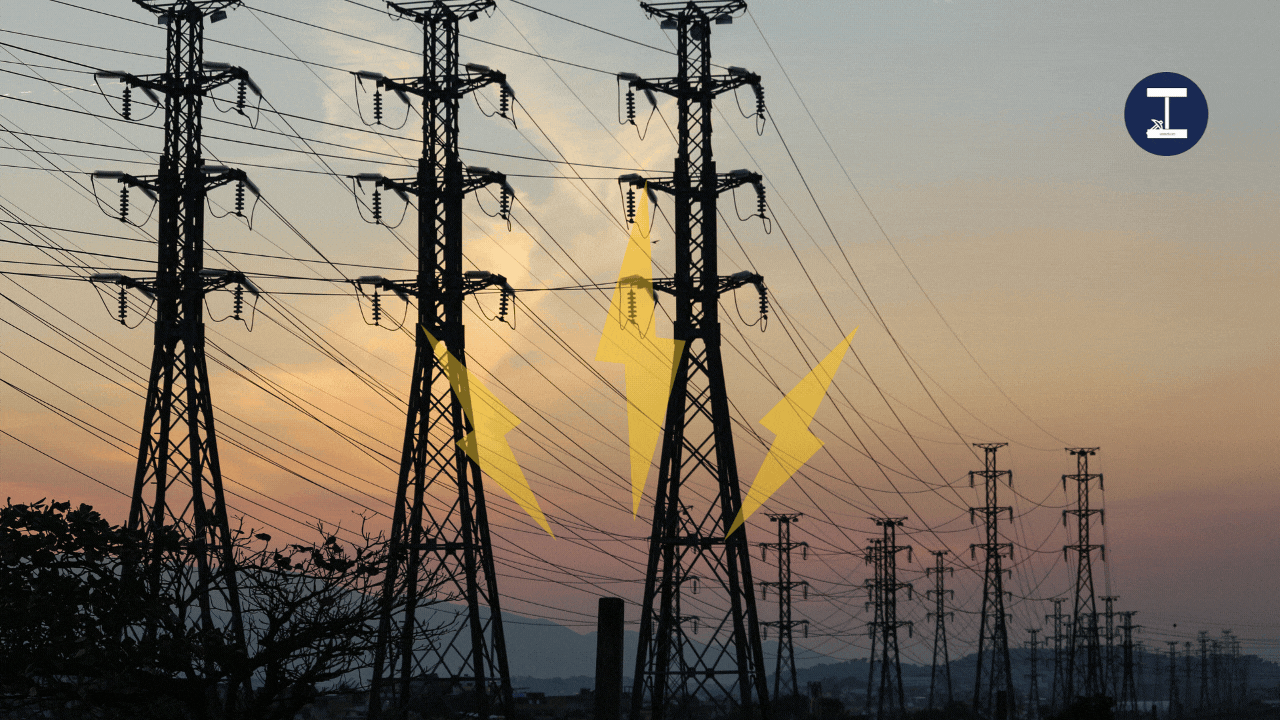Electricity is an essential part of modern life, powering everything from homes and businesses to industries and technological advancements. As we move forward, electricity rates continue to be influenced by multiple factors, including supply and demand, government policies, and advancements in renewable energy. Understanding these trends and knowing how to choose the right provider can help both individuals and businesses manage their electricity costs more effectively.
Trends Shaping Electricity Rates

Electricity prices have always fluctuated due to economic, environmental, and political factors. One of the biggest influences on current rates is the global transition to renewable energy. Many countries are investing heavily in solar, wind, and hydroelectric power, aiming to reduce dependence on fossil fuels. While this shift brings long-term benefits, it also presents short-term challenges, such as infrastructure upgrades and initial costs, which can affect electricity pricing.
Another significant factor is inflation and economic conditions. Rising fuel prices and geopolitical events continue to impact energy markets worldwide. Additionally, the demand for electricity is increasing due to the growing use of electric vehicles, smart home devices, and expanding digital industries. As consumption rises, so does the pressure on power grids, potentially leading to higher rates in certain regions.
Government regulations and incentives also play a crucial role. Many governments are implementing policies to encourage clean energy use, offering subsidies for solar panel installations and energy-efficient appliances. While such measures help in reducing costs for some consumers, others may face higher rates due to changes in utility pricing structures.
Comparing Electricity Providers
With more energy providers entering the market, consumers now have greater options when choosing an electricity supplier. Traditional utility companies still dominate, but alternative providers offering competitive rates and renewable energy options are gaining traction.
When selecting an electricity provider, it’s important to consider factors such as pricing plans, contract terms, and customer service. Some providers offer fixed-rate plans that ensure a stable monthly bill, while others have variable rates that fluctuate based on market conditions. For those interested in green energy, many companies now offer 100% renewable electricity plans, allowing consumers to reduce their carbon footprint.
Technology is also playing a role in the electricity market, with many providers offering smart meters and usage tracking apps. These tools give customers more control over their energy consumption, helping them identify ways to reduce waste and lower bills.
Cost-Saving Strategies for Homes and Businesses
Managing electricity costs effectively requires a combination of smart choices and energy-efficient practices. One of the most impactful ways to reduce electricity bills is by optimizing energy consumption. Simple changes, such as using LED lighting, unplugging unused devices, and adjusting thermostat settings, can result in significant savings over time.
For homeowners, investing in solar panels is becoming an increasingly viable option. While the initial installation cost can be high, government incentives and long-term savings make it a worthwhile investment. Businesses can also benefit from energy-efficient upgrades, such as installing motion-sensor lighting and upgrading HVAC systems to more efficient models.
Another strategy is to monitor peak usage times. Many electricity providers charge higher rates during peak hours, typically in the late afternoon and evening. By shifting energy-intensive tasks, such as laundry or running heavy machinery, to off-peak hours, both residential and commercial users can save on their electricity bills.
Additionally, negotiating with providers or switching to a more affordable plan can lead to lower costs. Many suppliers offer promotional discounts or loyalty rewards that can reduce overall expenses. Staying informed about market trends and periodically reviewing energy plans can help ensure consumers are getting the best possible rates.
As the energy landscape evolves, staying proactive about electricity usage and provider choices will be key to managing costs efficiently. Understanding market trends, comparing providers, and adopting smart energy habits will enable consumers to make informed decisions that benefit both their finances and the environment.
This article is for informational purposes only and should not be considered professional advice.



